How satellites melt in the earth's atmosphere
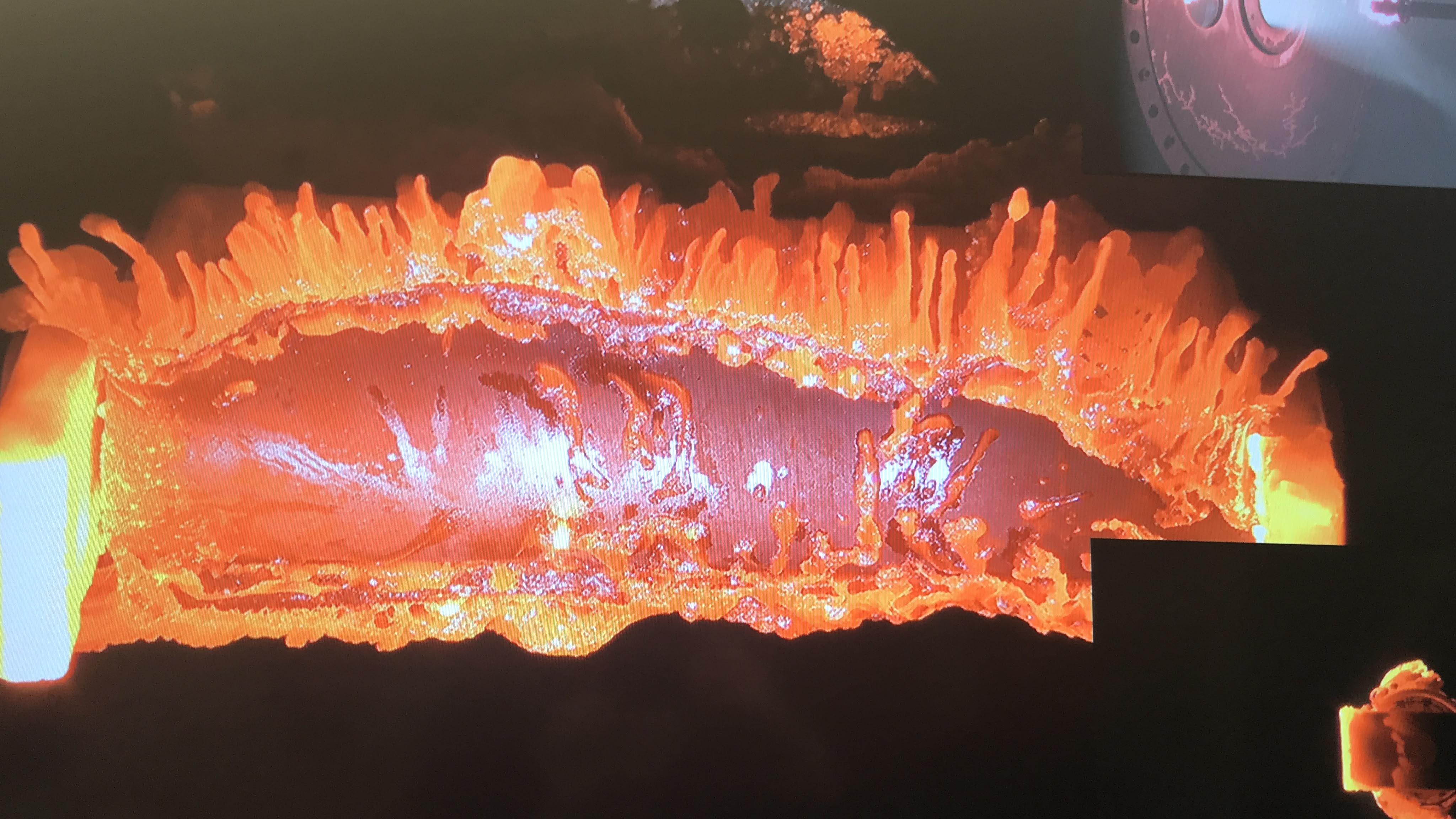
At the European Space Agency (ESA), an experiment was conducted in which part of a space satellite was melted in a plasma wind tunnel.
The purpose of the experiment is to simulate the combustion process of one of the most durable elements of a satellite in the atmosphere in order to further minimize the possible risk of its fragments falling onto the Earth’s surface causing damage by analyzing the data obtained.
Indeed, in theory, all equipment and parts of near-earth satellites are designed taking into account that when their service life comes to an end, they should burn almost completely in the atmosphere of the Earth.
')
However, in practice, some parts of even small spacecraft still reach the Earth's surface, and some of them may be large enough to cause serious damage to buildings or even people.
In their experiment, ESA engineers used:
- the test site of the German Aerospace Center in Cologne to create conditions similar to the process of melting cosmic debris during their immersion into the atmosphere;
- plasma wind tunnel to simulate the conditions of entry into the atmosphere and the melting process of the most durable element of the satellite;
- magnetic orientation bar (4 x 10 centimeters in size) made of polymer composite material reinforced with external carbon fiber, with copper coils and internal cobalt core.
The state of the bar of the magnetic orientation system before melting:

The remnants of the magnetic bar of the orientation system after heating to several thousand degrees Celsius:

Thus, the process of melting the most durable element of the satellite ended with its full spreading, however, some parts of the rod melted not as planned, which may be due either to incorrect production of parts of the rod or incorrect mathematical calculations of the destruction of satellite elements in the atmosphere.
It turns out that, in addition to magnetic rods, other parts of satellites such as tanks, optical instruments, gyro flywheels, and drive mechanisms may not fly to the Earth’s atmosphere and reach its surface.
The most frequent "guests" of the Earth's surface after launching of launch vehicles and the fall of spacecraft are parts of the fuel tanks.
As an example, in ESA they cite a case that occurred in 1997, in which only 50 meters from a residential building on one of Texas farms a rocket stage tank that had not burned in the atmosphere fell, weighing about 250 kg.
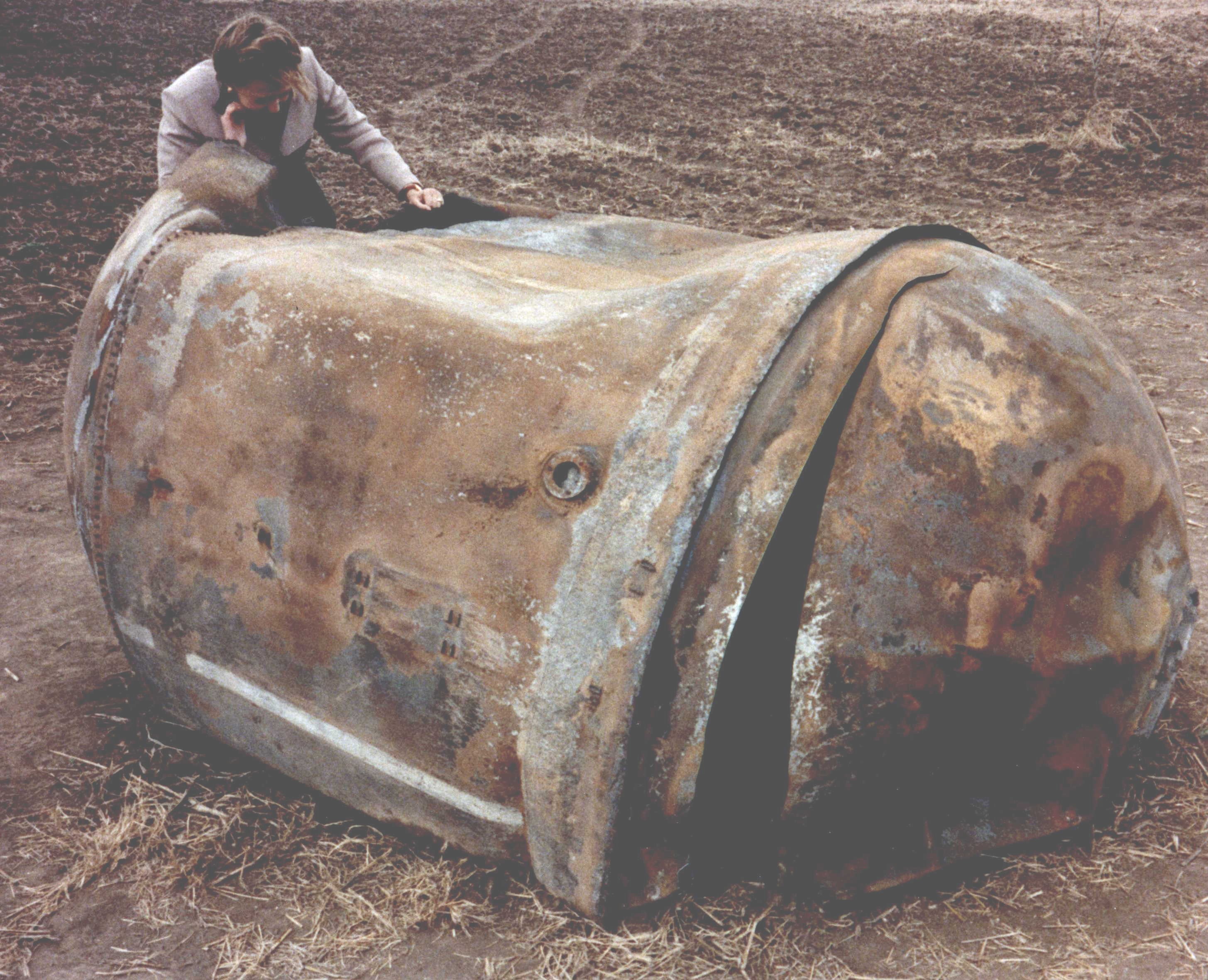
At the moment, according to the rules for the disposal of such space debris, the chance to be on the surface of the Earth in any element of the satellite that has spent its lifetime, which could cause injury to someone, is 1 in 10,000.
As part of a global project called CleanSat, the European Space Agency is developing new technologies and methods for manufacturing spacecraft components that will ensure the development and production of future low-orbit satellites in accordance with the concept of D4D (design for demise) - designed for total destruction.
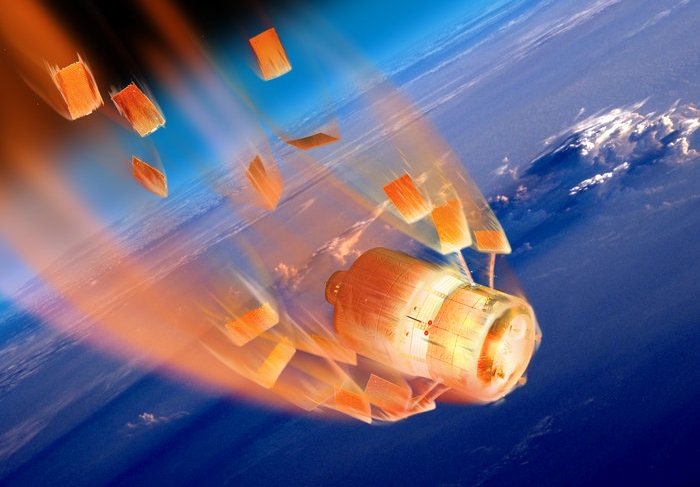
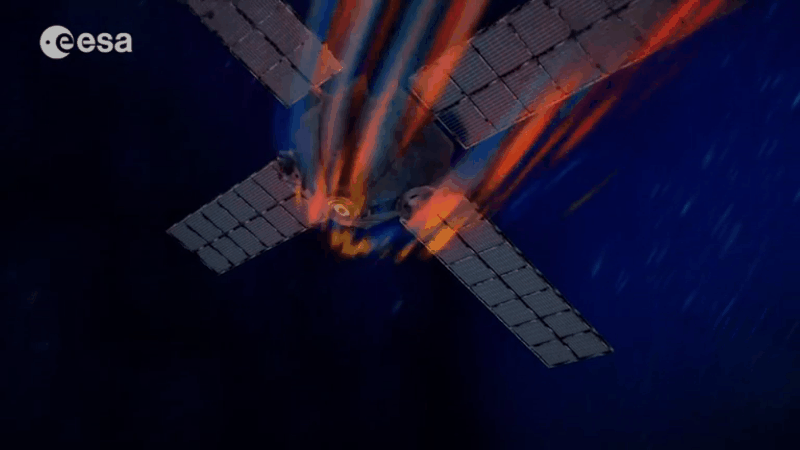
Thus, thousands of tons of payload, deduced into open space, thousands of satellites in Earth orbit, tens of thousands of elements of non-performing spacecraft (space debris) - this is such a significant trace Humanity has already left in space outside the Earth.
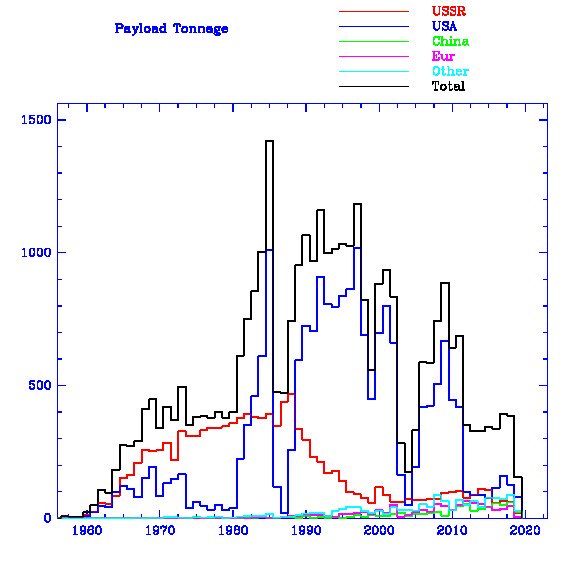
But thousands more launches are planned, and space junk is considered the main risk for such new space missions.

It turns out that a small object in space measuring only 1 cm in size when colliding with a newly launched spacecraft can emit energy equivalent to an explosive war grenade.
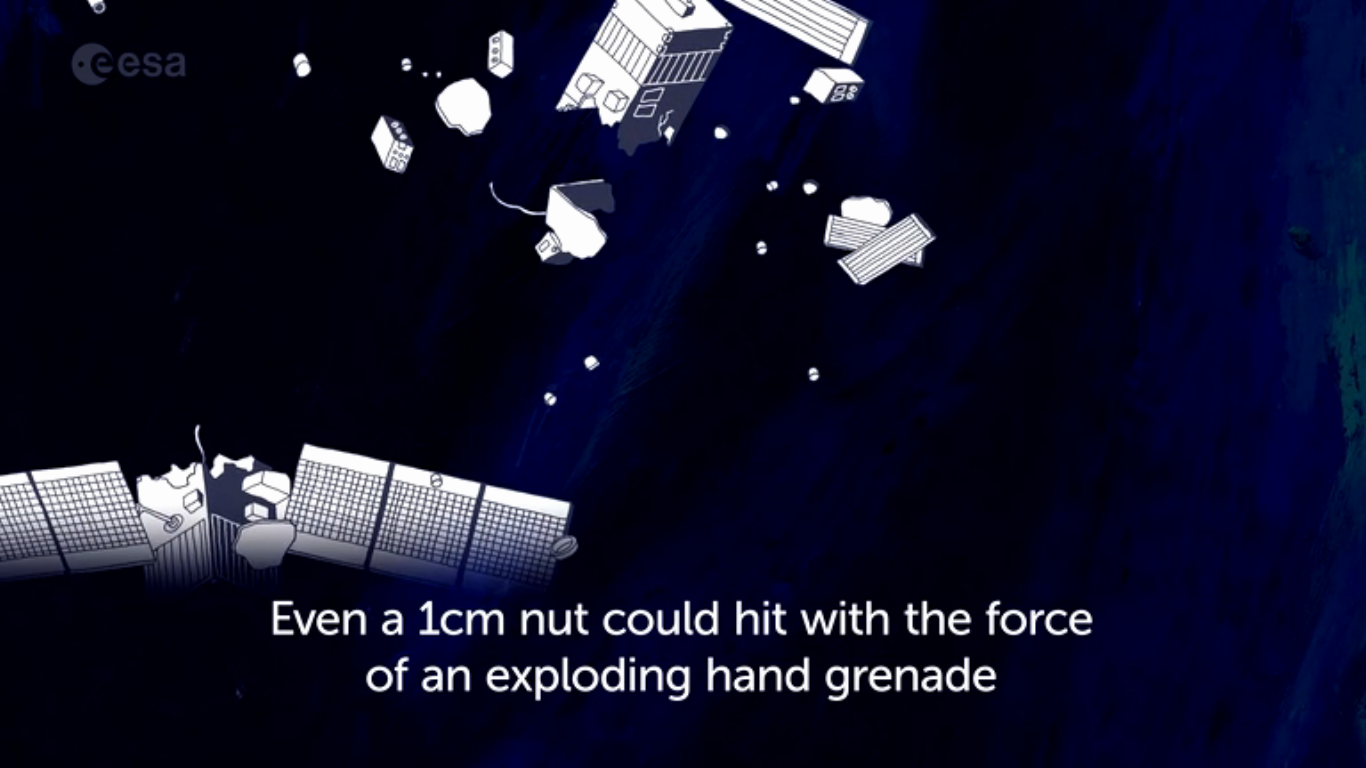
That can lead to serious damage to the new spacecraft or even its destruction.





Source: https://habr.com/ru/post/456888/
All Articles